What algorithm Git uses to determine, that some file was renamed?
This is, what git status produced just a few minutes before:

Information marked with yellow box is incorrect. There was actually no such kind of rename. Files views/file/create.php and views/file/index.php were truly deleted half hour after a completely new set of two files -- views/logo/create.php and views/logo/index.php was created.
Both files sets may seem (to Git) quite similar, but the fact remains -- these are not the same, renamed files. This is a complete new set of files, created in different directory about half an hour before deleting first set of files.
Since information provided by Git is incorrect, I'd like to feed my curiosity and that's why I'm asking.